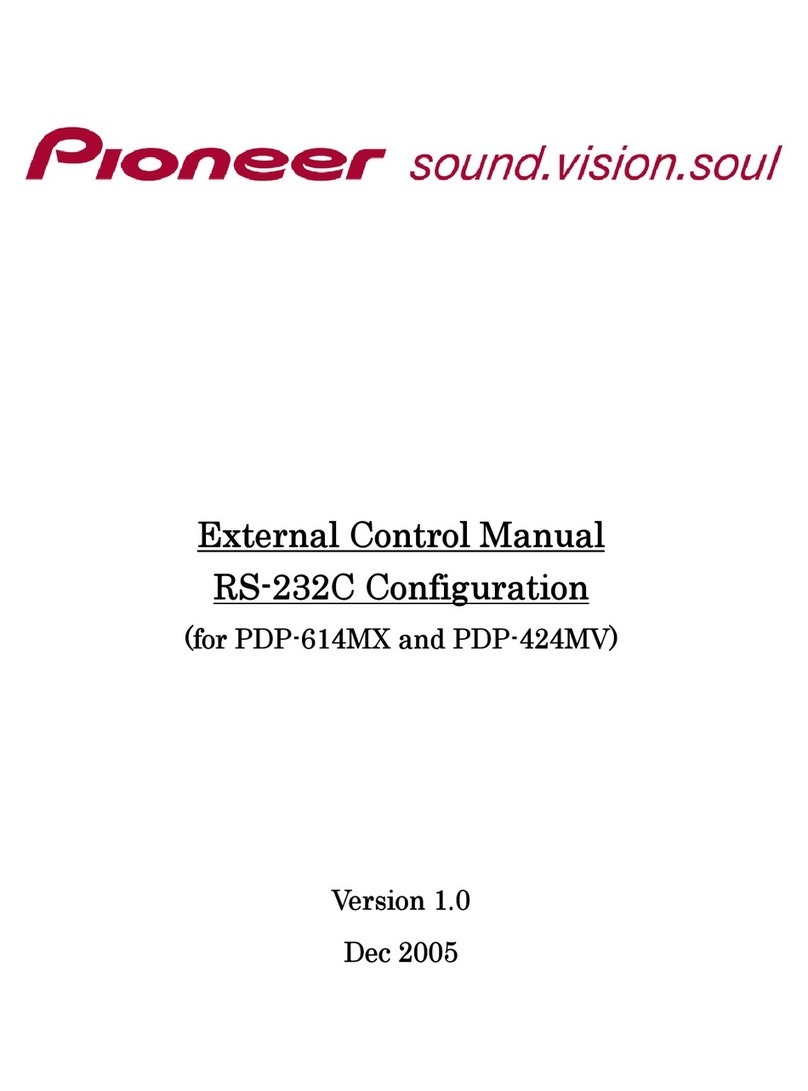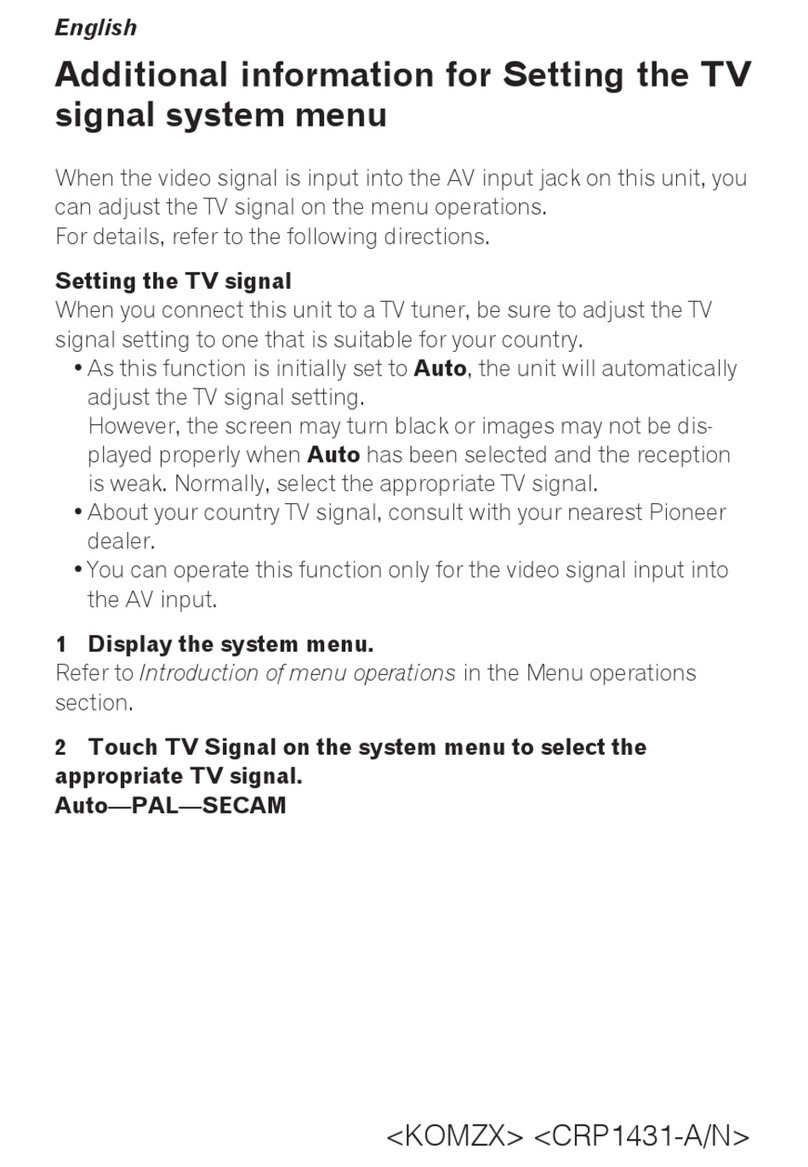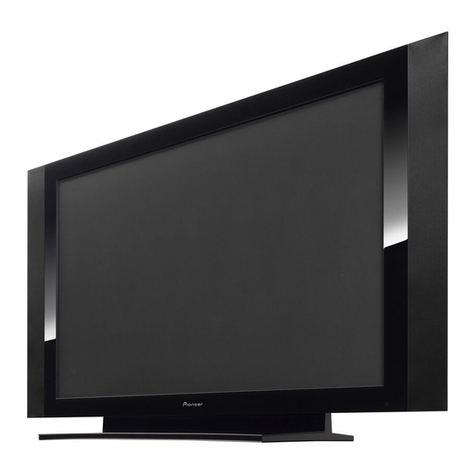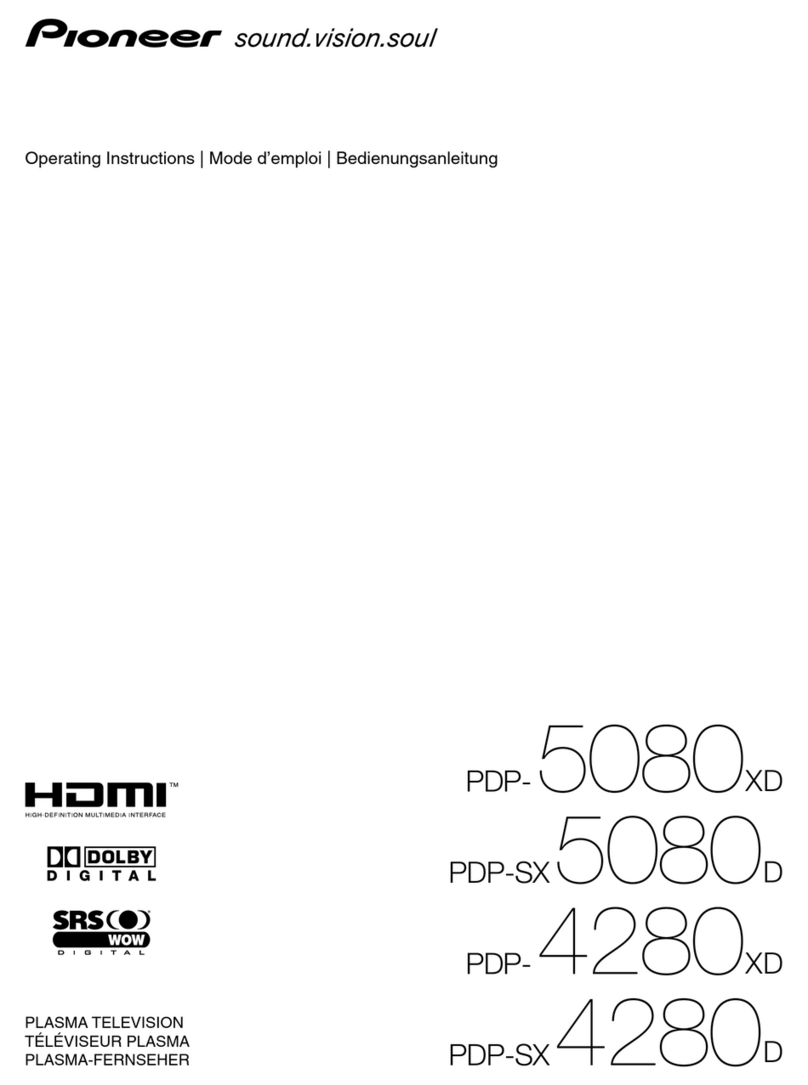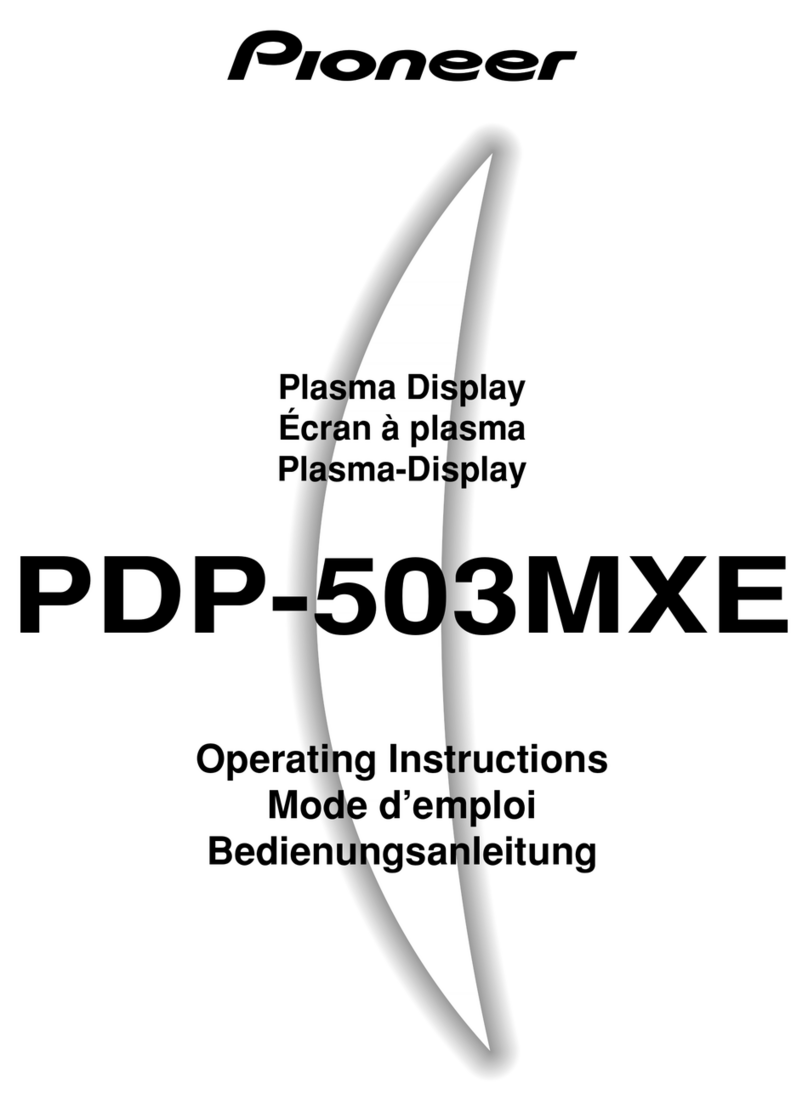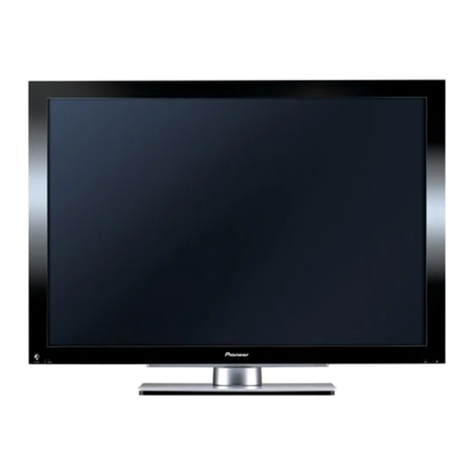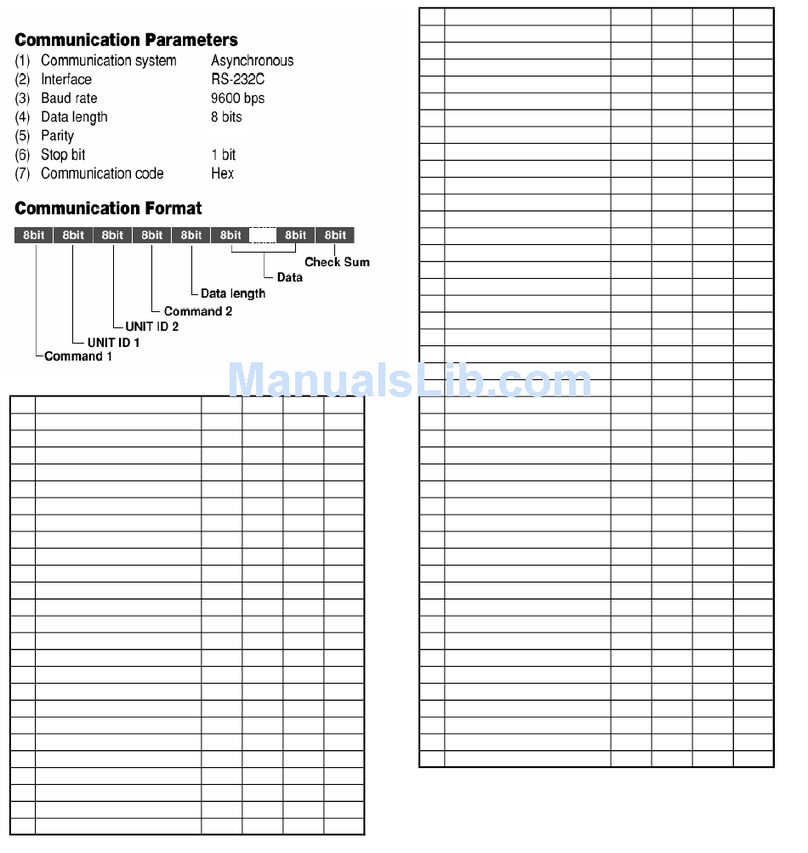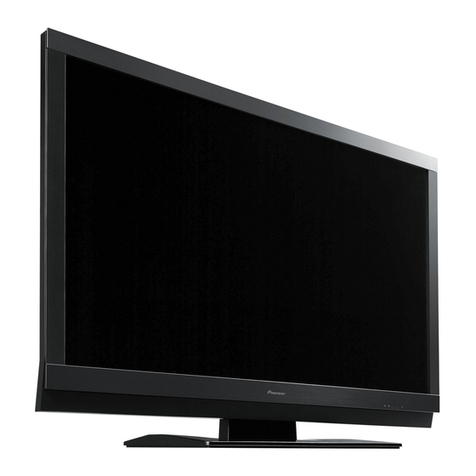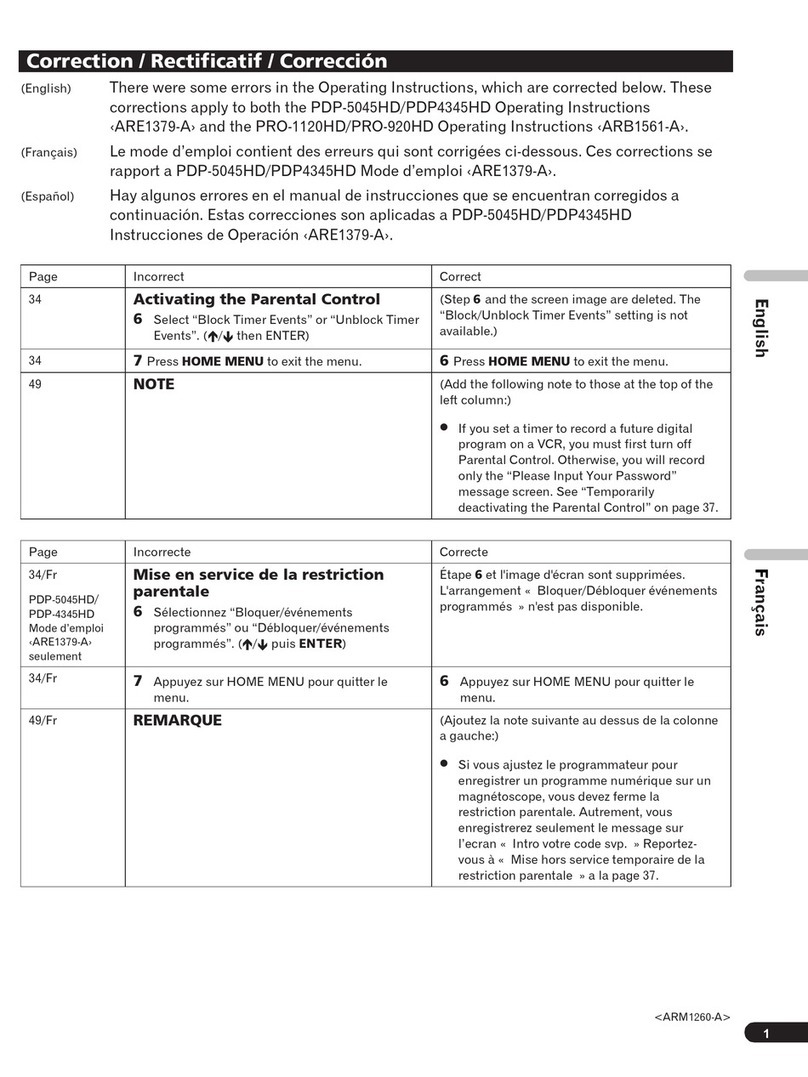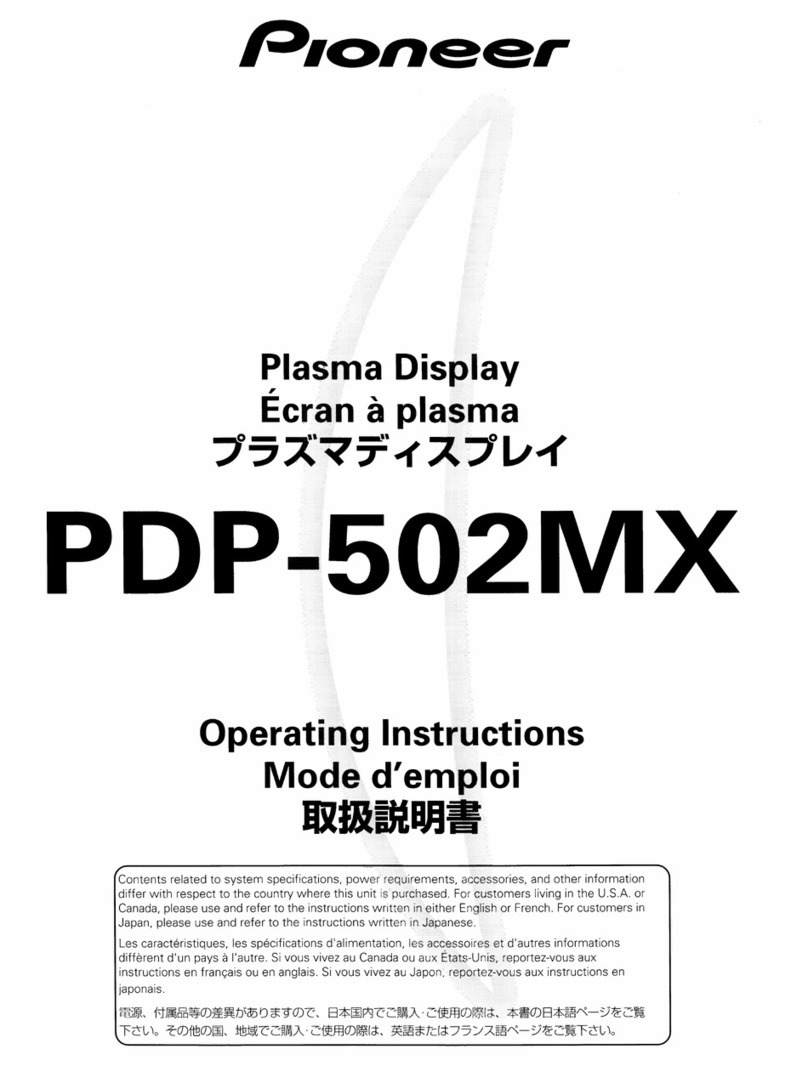
Safety precautions 02
9
En
English
Chapter 2
Safety precautions
Electricity is used to perform many useful functions, but it can also
cause personal injuries and property damage if improperly
handled. This product has been engineered and manufactured
with the highest priority on safety. However, improper use can
result in electric shock and/or fire. In order to prevent potential
danger, please observe the following instructions when installing,
operating and cleaning the product. To ensure your safety and
prolong the service life of your product, please read the following
precautions carefully before using the product.
1. Read instructions - All operating instructions must be read and
understood before the product is operated.
2. Keep this manual in a safe place - These safety and operating
instructions must be kept in a safe place for future reference.
3. Observe warnings - All warnings on the product and in the
instructions must be observed closely.
4. Follow instructions - All operating instructions must be followed.
5. Cleaning - Unplug the power cord from the AC outlet before
cleaning the product. To clean the product, use the supplied
cleaning cloth or other soft clothes (e.g., cotton, flannel). Do not
use liquid cleaners or aerosol cleaners.
6. Attachments - Do not use attachments not recommended by the
manufacturer. Use of inadequate attachments can result in
accidents.
7. Water and moisture - Do not use the product near water, such as
bathtub, washbasin, kitchen sink and laundry tub, swimming pool
and in a wet basement.
8. Stand - Do not place the product on an unstable cart, stand, tripod
or table. Placing the product on an unstable base can cause the
product to fall, resulting in serious personal injuries as well as
damage to the product. Use only a cart, stand, tripod, bracket or
table recommended by the manufacturer or sold with the product.
When mounting the product on a wall, be sure to follow the
manufacturer’s instructions. Use only the mounting hardware
recommended by the manufacturer.
9. When relocating the product placed on a cart, it must be moved
with utmost care. Sudden stops, excessive force and uneven floor
surface can cause the product to fall from the cart.
10. Ventilation - The vents and other openings in the cabinet are
designed for ventilation. Do not cover or block these vents and
openings since insufficient ventilation can cause overheating and/
or shorten the life of the product. Do not place the product on a
bed, sofa, rug or other similar surface, since they can block
ventilation openings. This product is not designed for built-in
installation; do not place the product in an enclosed place such as
a bookcase or rack, unless proper ventilation is provided or the
manufacturer’s instructions are followed.
11. Power source - This product must operate on a power source
specified on the specification label. If you are not sure of the type
of power supply used in your home, consult your dealer or local
power company.
12. Power cord protection - The power cords must be routed properly
to prevent people from stepping on them or objects from resting on
them. Check the cords at the plugs and product.
13. The plasma display used in this product is made of glass.
Therefore, it can break when the product is dropped or applied with
impact. Be careful not to be injured by broken glass pieces in case
the plasma display breaks.
14. Overloading - Do not overload AC outlets or extension cords.
Overloading can cause fire or electric shock.
15. Entering of objects and liquids - Never insert an object into the
product through vents or openings. High voltage flows in the
product, and inserting an object can cause electric shock and/or
short internal parts. For the same reason, do not spill water or
liquid on the product.
16. Servicing - Do not attempt to service the product yourself.
Removing covers can expose you to high voltage and other
dangerous conditions. Request a qualified service person to
perform servicing.
17. Repair - If any of the following conditions occurs, unplug the power
cord from the AC outlet, and request a qualified service person to
perform repairs.
a. When the power cord or plug is damaged.
b. When a liquid was spilled on the product or when objects have
fallen into the product.
c. When the product has been exposed to rain or water.
d. When the product does not operate properly as described in
the operating instructions.
Do not touch the controls other than those described in the
operating instructions. Improper adjustment of controls not
described in the instructions can cause damage, which often
requires extensive adjustment work by a qualified technician.
e. When the product has been dropped or damaged.
f. When the product displays an abnormal condition. Any
noticeable abnormality in the product indicates that the
product needs servicing.
18. Replacement parts - In case the product needs replacement parts,
make sure that the service person uses replacement parts
specified by the manufacturer, or those with the same
characteristics and performance as the original parts. Use of
unauthorized parts can result in fire, electric shock and/or other
danger.
19. Safety checks - Upon completion of service or repair work, request
the service technician to perform safety checks to ensure that the
product is in proper operating condition.
20. Wall or ceiling mounting - When mounting the product on a wall or
ceiling, be sure to install the product according to the method
recommended by the manufacturer.
21. Heat sources - Keep the product away from heat sources such as
radiators, heaters, stoves and other heat-generating products
(including amplifiers).
22. Unplug the power cord from the AC outlet before installing the
speakers.
23. Never expose the screen of the display panel to a strong impact, for
example, by hitting it. The screen may be broken, resulting in fire or
personal injury.
24. Do not expose the display panel to direct sunlight for a long period
of time. The optical characteristics of the front protection panel
changes, resulting in discoloration or warp.
25. The display panel weighs about 31.4 kg (69.2 lbs). Because it has
small depth and is unstable, unpack, carry, and install the product
with one more person at least and use the handles.
